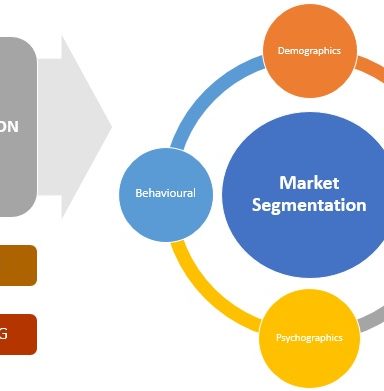Over the course of 2020, telehealth – or access to health care professionals via telephone or any electronic devices that enable video conferencing – has gone from a niche rarity to common practice. During the COVID-19 pandemic, the ability to ensure social distancing and prevent the spread of the disease as well as preserve personal protective equipment has proved invaluable. As such, it should come as no surprise that the utilization of telehealth services has exploded over the spring that marked the onset of the pandemic. more than 34.5 million telehealth services were delivered in Medicaid and other government programs from March until June, according to U.S. Centers for Medicare and Medicaid Services (CMS). According to Jack Plotkin, a former Goldman Sachs financier and subject matter expert in investment strategy, that makes a staggering 2,500% increase over the same period in 2019. However, despite its convenience, telehealth has not been eagerly endorsed by insurance companies.
Plotkin, who has spent nearly a decade at Goldman Sachs, elaborates that there is a lot of work to be done from a legislative point of view to regulate this area of medicine. According to the investment strategist, reimbursement is a key issue. If providers are unsure of being paid for their services, they are unlikely to continue to provide them. The government is offering some short term support in that regard; CMS has recently announced that it would add 11 virtual services to its reimbursement list. Currently, there are 144 telehealth services that are being paid for by Medicare.

On October 23rd, the Home Health Emergency Access to Telehealth (HEAT) Act was introduced to Congress. If approved, the bipartisan bill would set the guidelines for reimbursement of home health services during the current pandemic and future public emergencies. It stipulates that the services will not be reimbursed if the beneficiary does not consent to receive them via telehealth. Also, reimbursement would only be provided if the telehealth services account for no more than half of the billable visits during a 30-day period.
Plotkin highlights that before the pandemic, the use of telehealth services had been limited by a number of issues, such as insurance coverage, restrictions on prescribing, and access to technology. In March, the Coronavirus Aid, Relief and Economic Security (CARES) Act removed many obstacles for widespread use of telehealth services. Soon after that, the CMS released a toolkit encouraging state Medicaid agencies to promote telehealth, and many private insurers followed suit. Despite these guidelines that were put into place to enable better access to telehealth, the summer months saw a sharp decline in the use of virtual medical services. Plotkin speculates that this is most likely due to the reopening of the states and the subsequent gradual return of in-person visits.
Telehealth is typically used for both acute health concerns such as the flu and also for in-home monitoring of chronic concerns such as diabetes and high blood pressure. It is convenient for the patient because it does not depend on location and can be done more frequently than in-person visits. Health insurance providers are wary that the convenience of telehealth could see patients start to use their insurance coverage more often, thus causing losses for providers. Historically, telehealth was reimbursed at a lower rate than in-person visits before the pandemic, but the CARES Act has mandated the the same rate to be used for more than 80 different services (for beneficiaries insured with Medicare). Consequently, many private insurers have been accumulating losses and as such have been backing out of that policy.
In fact, as of October 1st, Plotkin points out that some private insurers have rolled back their terms of telehealth coverage, and some patients are facing out-of-pocket expenses for virtual appointments. Other companies have extended their coverage, but only until the end of the year. On the other hand, hospitals and health care are facing extreme pressures due to the coronavirus pandemic, with the majority of them having a 30-50% decrease in revenue with costs largely staying the same. The American Hospital Association estimates that the country’s health care systems are losing an average of $50.7 billion per month. The conflict of interest is clear; insurers prefer a lower usage volume while providers would like a higher volume of telehealth services.

The pandemic has clearly speeded things up in regard to acceptance of obtaining health care virtually. With telehealth being a convenient and cost-efficient way of delivering services to patients, chances are its use will increase in the years to come. Plotkin and most other experts predict that between 20-35% of health care services will be delivered virtually by 2025. However, in order for telehealth to be seamlessly incorporated into the health care system, a clear legislative system is required, along with a vision of a reimbursement system once the pandemic is over.
Plotkin deems that the investment needed by providers to implement telehealth to scale and remain in compliance with privacy laws remains one of the main challenges for this area of health care. The former Goldman Sachs investment strategist also adds that other challenges include care for lower-income patients who may lack access to broadband internet and tech devices to participate in virtual visits. In order to maintain the current level of demand and coverage beyond the pandemic, health care companies will need to ramp up investments in the years to come. Seamless access to telehealth could be a competitive advantage for larger providers who have the resources to afford such a level of investment.


